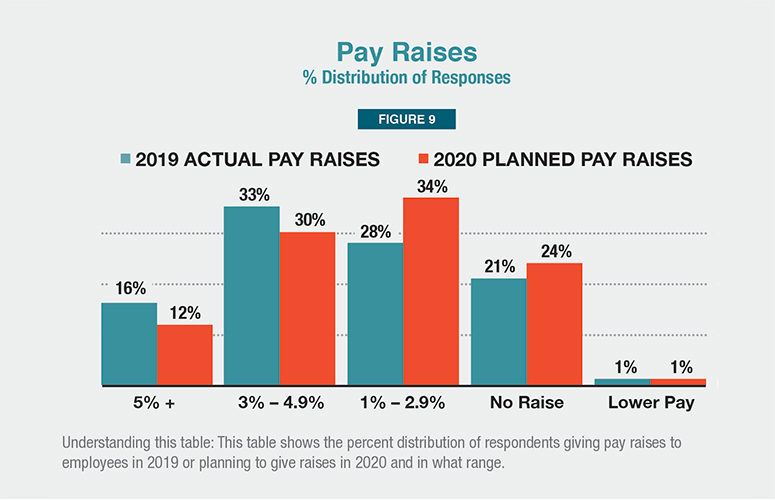
Stocks Continue to Look Good as Long-Term Investments
The Money Issue
By Michael Silverstein, Contributing Writer On Feb 9, 2015October has a reputation as the cruelest month for stock investors. It was the month in which both the stock market crashes of 1929 and 1987 occurred. The phrase “October surprise” has thus tended to express an expectation that a sharp drop in the stock market was in the offing.
That, in fact, was what many experts were predicting this past October. But the actual surprise was a big jump in the Dow and other major stock indices, increases that continued in the following weeks.
Is there a caution message here for individual stock investors seeking short-term profits? Perhaps. Such investors are notoriously bad timers, notes Alan Segars, chief investment officer with Beacon Trust Company in Morristown. They tend to buy at the top of market swings and sell near the bottom.
While short-term stock investing by individuals in hopes of quick profits are a chancy proposition, stock investing to meet longer term goals remains a part of even most conservative financial plans.
One reason this has become increasingly true, says Kevin H. O’Brien, an investment advisory representative with Northeast Planning Corporation in Cranford, is not only because of a low interest rate environment, in which yields on most bonds are low, but because “people are living longer … and need that extra [stock-generated] growth for retirement,” from a plan that has to support a retiree for 15 to 20 years, perhaps even longer.”
The role of an advisor as it relates to stocks in this long-term planning is to: understand the primary goals of a client (a comfortable retirement, money for kids’ education, etc.); educate the client about the complex issues involved; and “tailor stock in the client’s portfolio to meet these goals within the client’s own tolerance for risk.”
Client education from the get-go is critical to success here. “Clients often come to me with just a basket of assets, says Dennis K. O’Brien, president, Coastal Advisors in Farmingdale. “They have no [overall] plan. They know what their individual investments [like stocks] have produced, but no real idea about the overall health of their holdings.”
Allocation
The term “allocation” when it comes to stocks and investing for the long term can include three factors: how much of a client’s assets go into stocks vis-à-vis other assets; which sectors of the economy (energy, consumer goods, etc.) to favor; and what stock investing vehicles to use.
While traditional asset allocation rules when it comes to stocks versus other assets in a portfolio still generally apply — more in stocks when a client is young with more time to recover from big losses, more in fixed income-generating assets in later life — such choices “shouldn’t be made in a vacuum,” says O’Brien of Coastal Advisors. “They should be client specific.” Long term for some clients, for example, might be five years when they expect to need a new car, 15 years when a child may need college money, or 30 years for their own retirement plan.
Allocation when it comes to which stock sector to favor as a long-term focus, O’Brien of Northeast Planning emphasizes, should involve diversity. It should not be just what looks good today. “The hot sectors come and go,” he says.
“After getting a fix on a client’s goals and risk tolerance,” says Segars, “you can work out an allocation of different assets for their portfolios. Segars employs asset allocation models that give broad exposure to an asset class such as stocks, preferring ETFs (exchange-traded funds) to mutual funds for a variety of reasons, including the fact that ETF fees are lower.
A recent move into a greater stock allocation by investors with both short-term objectives and longer-term, build-up objectives is related to the dividends being paid by some equities, Segars says. “A number of our clients are in [dividend paying] stocks with an income objective.” Income from these stocks is better than bonds these days. “As long as their market position doesn’t suffer big losses,” he says, “they are satisfied.”
FEES
When it comes to long-term planning, investors should take note of fees charged on their stock investments; on their net returns, net of fees.
“Our job is to explain the ‘hows’ and ‘whys’ of fees,” Northeast Planning’s O’Brien says, “to educate clients about how fees work … why they are charged.”
The reason this explanation is so necessary, according to Coastal Advisors’ O’Brien, “is that a very large percentage of our clients [when they first come to us] have no idea of the fees they are paying mutual funds … in their 401(k)s. They didn’t look at or consider them because they think their company pays [these fees] and they don’t.” But over the years, such fees “can make a huge difference.”
Fees, however, don’t always tell the full story of prudent and successful long-term investing. Much comes down to an investor’s objective, Segars says. “If all you want to do is keep up with the market, Vanguard index funds [with very low fees] might be good for you.” To beat the S&P you need active management. While noting that many active managers have not in fact beaten the S&P 500 in recent years, Beacon Trust’s own active managers have done so, Segars says.
Staying The Course
As noted above, individual, short-term stock market timers – without all the information and flash trading capabilities available to institutional investors – traditionally lose money. Happily, individuals who stick with prudent stock plans over the long term have traditionally done quite well compared with investors in other assets.
“If you’re in the [stock] market, stay in the market,” Coastal Advisors’ O’Brien says. “That’s how my clients feel.”
Segars’ own clients have demonstrated they also believe in this advice when it comes to meeting their own long term goals. Even when some stock indices declined sharply this past October, and fear was rampant in the market, he reports, “we got very few calls, very few pullbacks. Our clients remained satisfied” with their stock positions.
Related Articles:






